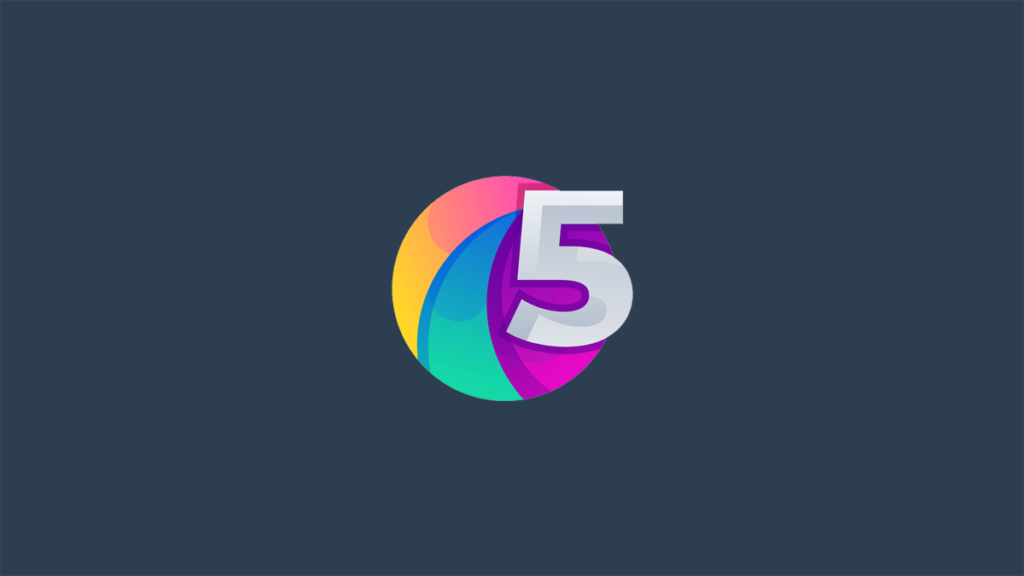As a professional journalist and content writer, I have had the opportunity to explore various software options for data analysis and visualization. In this blog post, I will share with you some of the best tools available in the market that can help you make sense of your data and create visually appealing dashboards and reports.
1. Tableau
Tableau is a powerful data visualization software that allows users to create interactive and shareable dashboards. With its drag-and-drop interface, Tableau makes it easy for users to connect to various data sources and create visually stunning charts, graphs, and maps. Whether you are a beginner or an advanced user, Tableau offers a range of features to suit your needs.
2. Power BI
Power BI is another popular choice for data analysis and visualization. Developed by Microsoft, Power BI offers a suite of tools for data modeling, analysis, and visualization. With Power BI, users can easily connect to data sources, create custom dashboards, and share insights with others. The software also integrates seamlessly with other Microsoft products, making it a great choice for businesses that already use Microsoft tools.
3. R Studio
R Studio is a preferred choice for data analysts and statisticians who prefer to use R programming language for data analysis. With R Studio, users can perform statistical analysis, create visualizations, and generate reports using R packages. The software offers a range of tools for data wrangling, exploration, and modeling, making it a versatile choice for data professionals.
4. Google Data Studio
Google Data Studio is a free tool that allows users to create interactive dashboards and reports using data from various sources such as Google Analytics, Google Sheets, and BigQuery. With its intuitive drag-and-drop interface, Google Data Studio makes it easy for users to visualize data and share insights with others. The software also offers a range of customization options, making it a flexible choice for data visualization needs.
Overall, these are some of the best software options for data analysis and visualization available in the market. Whether you are a beginner or an experienced data professional, these tools offer a range of features to suit your needs and help you make the most of your data.
Conclusion
I hope this blog post has provided you with valuable insights into the best software for data analysis and visualization. Have you used any of these tools before? I would love to hear about your experience in the comments section below.
